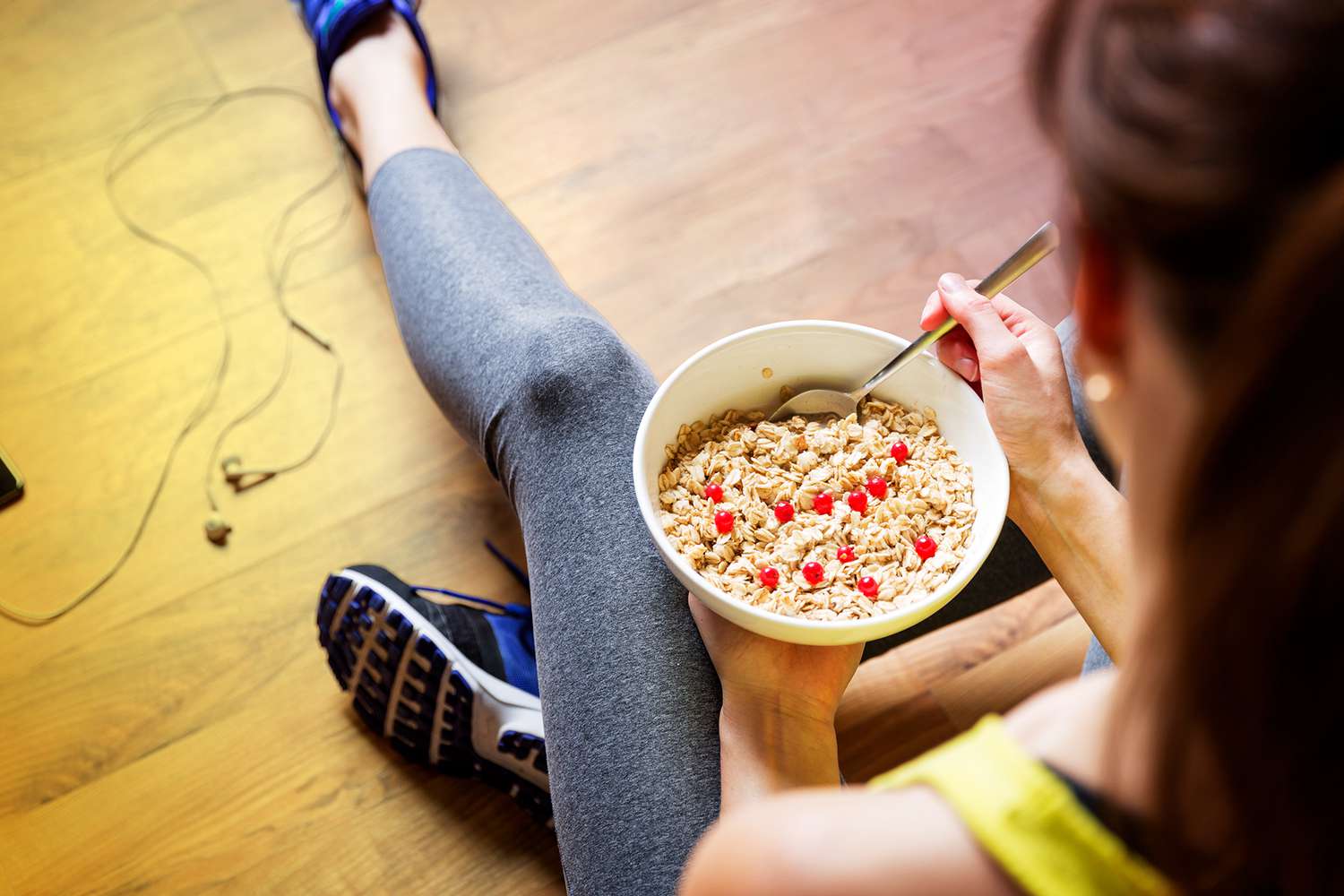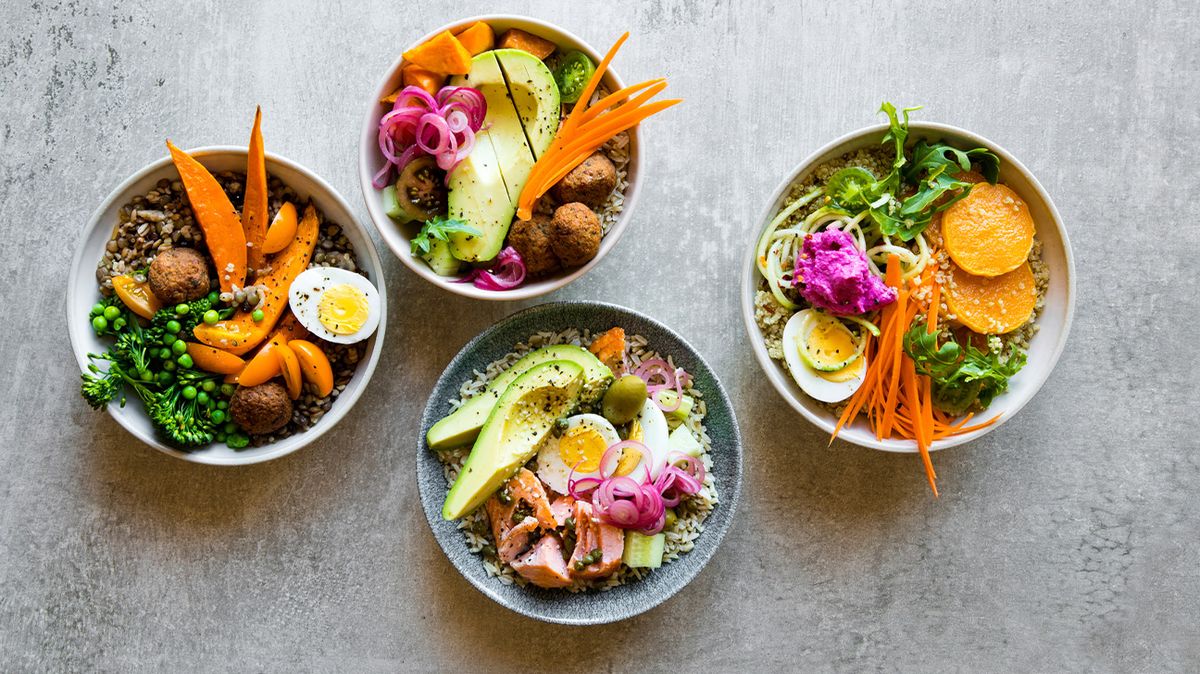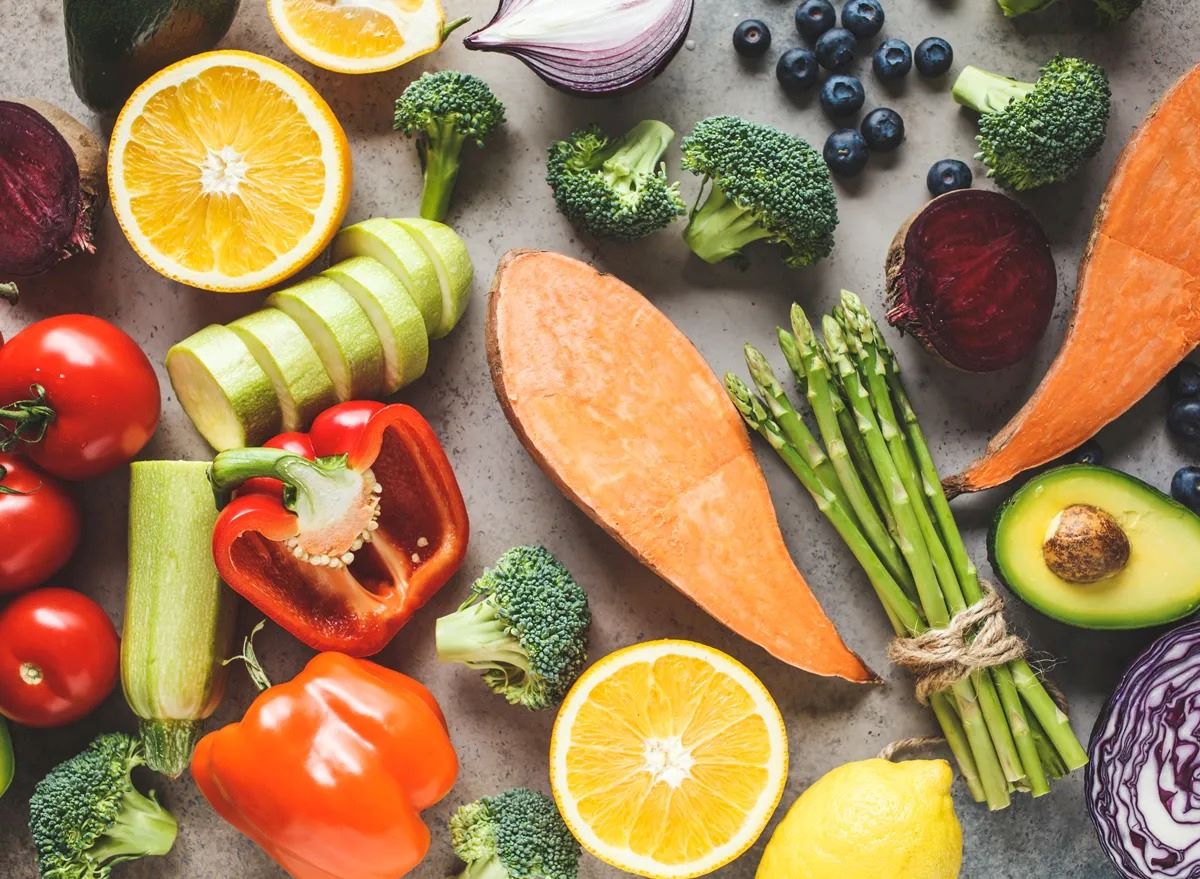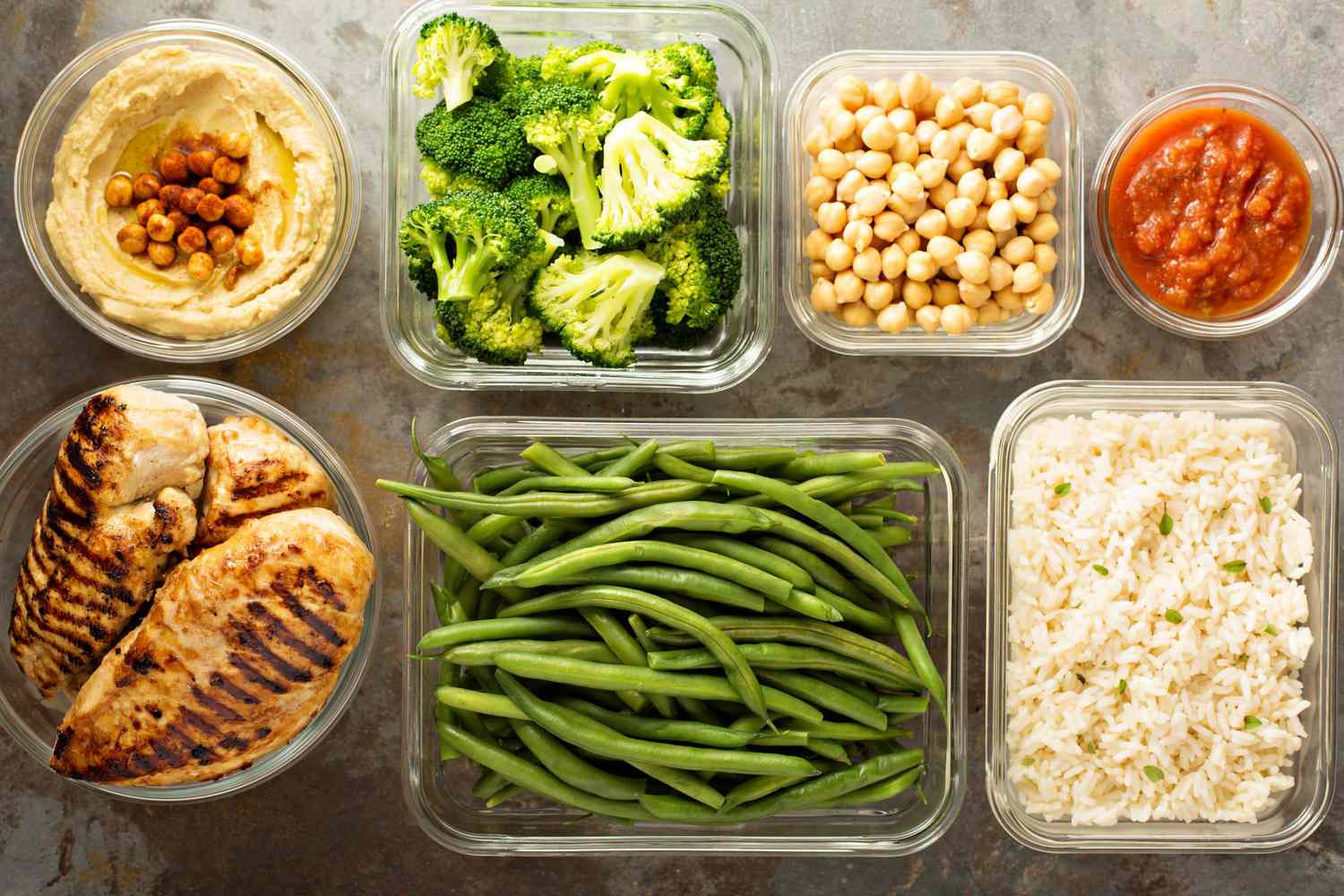5 Tips for Eating Healthy and Losing Weight
Are you looking to improve your health and shed some extra pounds? Eating healthy and losing weight doesn’t have to be complicated or restrictive. With the right approach, you can achieve your goals while still enjoying delicious and satisfying meals. Here are five tips to help you on your journey to a healthier you:
1. Focus on Whole Foods
When it comes to eating healthy, whole foods should be at the center of your diet. These include fruits, vegetables, lean proteins, whole grains, and healthy fats. Whole foods are packed with essential nutrients and are often lower in calories than processed foods. Incorporating more whole foods into your meals can help you feel fuller for longer and reduce the temptation to reach for unhealthy snacks.
2. Practice Portion Control
Controlling your portion sizes is key to managing your weight. Even healthy foods can contribute to weight gain if consumed in large quantities. Portion control can be as simple as using smaller plates, measuring out servings, and being mindful of your hunger and fullness cues. By paying attention to portion sizes, you can enjoy a wide variety of foods while still maintaining a calorie deficit for weight loss.
3. Stay Hydrated
Drinking an adequate amount of water is essential for overall health and can support your weight loss efforts. Staying hydrated can help curb hunger, prevent overeating, and boost your metabolism. Aim to drink at least 8 glasses of water a day, and consider replacing sugary beverages with water or herbal teas to reduce your calorie intake.
4. Plan and Prepare Your Meals
Meal planning and preparation can set you up for success in your journey to eat healthy and lose weight. By planning your meals ahead of time, you can make thoughtful choices about what you eat and avoid impulsive, less healthy options. Additionally, preparing your own meals allows you to control the ingredients and portion sizes, making it easier to stick to your nutritional goals.
5. Be Mindful of Your Eating Habits
Practicing mindful eating involves paying attention to the sensations of eating and being aware of your thoughts and feelings about food. By slowing down and savoring each bite, you can better recognize when you’re full and avoid overeating. Additionally, being mindful of your eating habits can help you identify emotional or stress-related eating and develop healthier coping strategies.
By incorporating these tips into your lifestyle, you can make sustainable changes to your eating habits and achieve your goals of eating healthy and losing weight. Remember, it’s important to approach this journey with patience and self-compassion, as lasting results take time and dedication. Here’s to a healthier, happier you!











